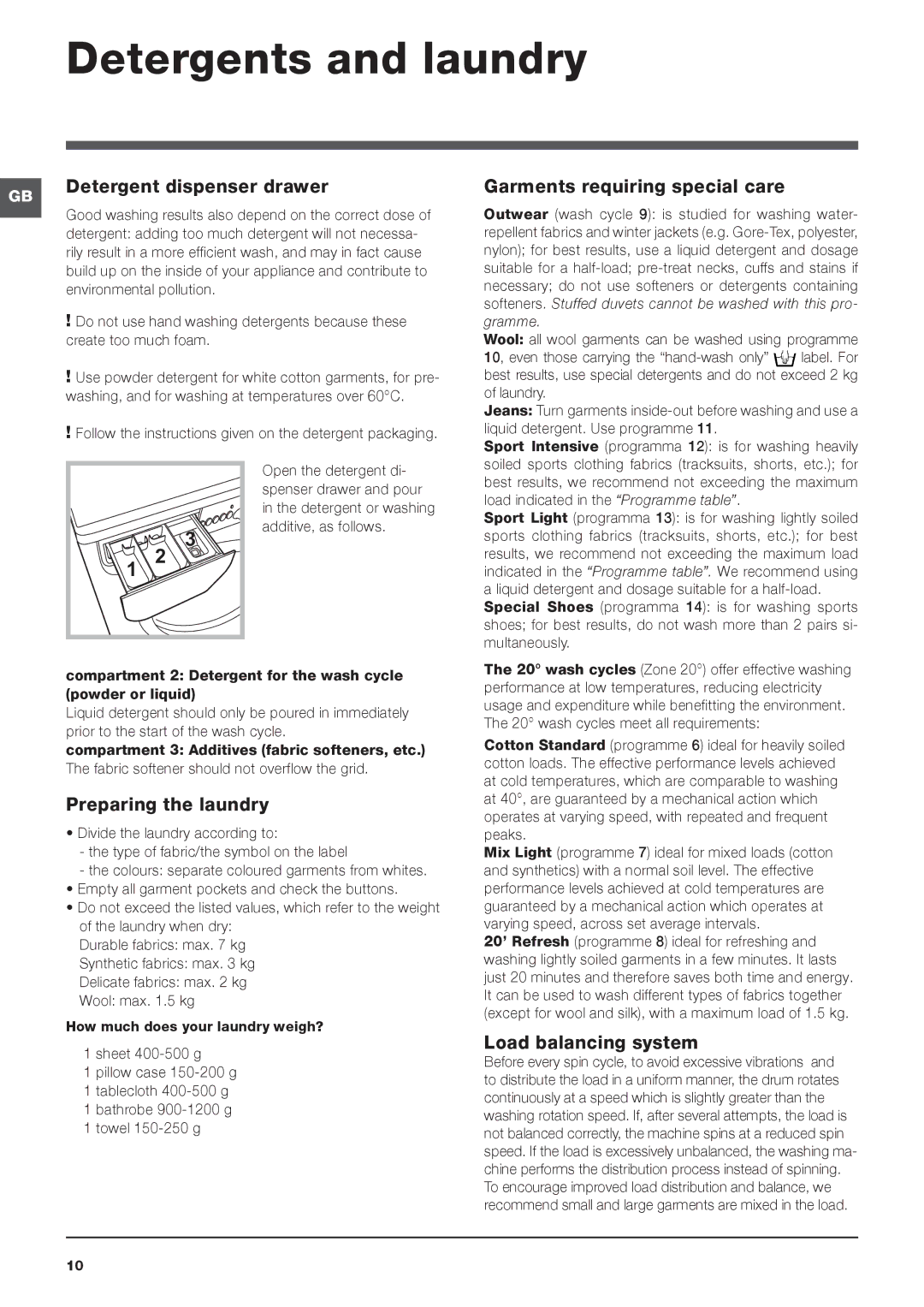IWD specifications
Cannon IWD, a modern advancement in the field of industrial and commercial manufacturing, represents a significant evolution in in-line bulk supply systems. Primarily designed for the efficient mixing and dispensing of materials, Cannon IWD is particularly advantageous for applications in industries such as automotive, aerospace, and construction.One of the main features of the Cannon IWD is its versatility. It can handle a wide variety of materials, ranging from polyurethanes to epoxies, and can be adapted to meet the specific requirements of diverse manufacturing processes. This adaptability ensures that manufacturers can optimize their operations, reduce waste, and improve overall productivity.
The technology employed in the Cannon IWD integrates precision dosing systems that utilize advanced control algorithms. These algorithms ensure accurate measurement and mixing of raw materials, allowing for consistency in production quality. This precision extends to the temperature control systems integrated into the design, which are critical for maintaining the properties of various materials. This level of control minimizes batch-to-batch variability, leading to uniformity in the end product.
Another characteristic of the Cannon IWD is its user-friendly interface. Operators can easily monitor and adjust settings through a digital display, which enhances operational efficiency and reduces the likelihood of human error. The system is designed for quick setup and easy maintenance, allowing manufacturers to minimize downtime and maximize output.
Moreover, safety is a top priority in the design of the Cannon IWD. Equipped with several fail-safes and emergency shut-off systems, it ensures that operators can work safely without the risk of dangerous material leaks or equipment malfunctions.
Cannon IWD also emphasizes sustainability, with features designed to reduce energy consumption and material waste. By optimizing the mixing process, the system allows for the reduced use of raw materials while still ensuring high-quality outputs, aligning with eco-friendly manufacturing practices.
In summary, Cannon IWD stands out as a robust, efficient, and sustainable solution for the industrial sector. Its innovative technologies, user-centric design, and commitment to safety make it an invaluable asset for businesses looking to enhance their production capabilities in an increasingly competitive market.

